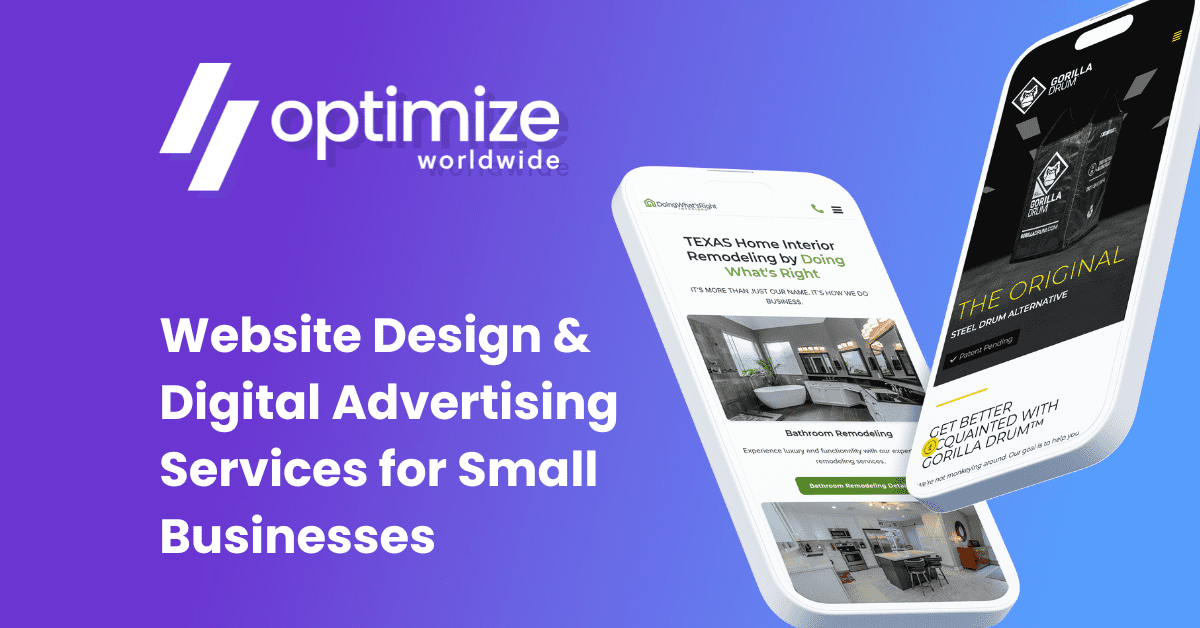Many people think designing a website is a piece of cake and all that it takes is a little Internet research and the advice of some friends. It’s often when they get knee-deep in the process that they find this is far from the truth, and by then a lot of time and money has probably been wasted. There are many concepts and “facts” out there that are associated with building a successful site, but unfortunately, many of those ideas have evolved or were never actually correct to begin with. An effective web design is vital to any business that wants to attract consumers who will turn their visits into profits.
To achieve a professional-looking site that will get you the results you desire, it’s best to forget these common myths you may have heard before and let your skilled Redding web designer take the reins.
Myth #1: Web Design is All About Looks
Despite what the term implies to a lot of people, web design is much more than appearance. Though that aspect is definitely important, the functionality and usability of a site are major priorities in the web design process. The goal of design is to ensure that a website looks good, while performing the way it’s supposed to (also being optimized for search engines) and creating a pleasant experience for users through elements like easy navigation and fast loading times.
Myth #2: The Web Design I’ve Always Had is Good Enough
As times change so do companies and the needs of their consumers. This means that a website should be reevaluated periodically to make certain it is still in sync with the products and services being offered by a company and that it is fulfilling whatever a customer or client may be searching for within that industry. Another reason it may be time to upgrade a web design is if it hasn’t been made responsive. Responsive web design allows a site to be viewed without losing its quality no matter what kind of device it’s brought up on, which is extremely important since most consumers are using smartphones, tablets and laptops while they’re on the go.
Myth #3: Using Flash Animation is the Best Way to Spruce Up a Web Design
Flash animation doesn’t have to be the enemy as long as it’s used cautiously and correctly. If an entire web design hinges on Flash, there is a good chance a company will lose numerous potential customers. Not everyone that visits a site will have the capability to view Flash features, so it shouldn’t necessarily be a go-to solution for enhancement.
Myth #4: The More Colors, Text and Images, The Better
The misconception that simple means ugly is widespread. In actuality, a simple web design is usually more appealing and will not distract a visitor from their purpose. Too many colors, hard-to-read or irrelevant text and an abundance of images can do more harm to a site than good. A lot of images can contribute to slower load times for pages, and getting the color and contrast wrong can quickly make a consumer decide to move on to a different site.
Myth #5: Only Certain Companies Need a Website
One of the biggest mistakes a business owner could make is believing this myth. It doesn’t matter if a company is small and local, doesn’t have anything to actually sell online or is already very well-known – online presence is an absolute must. The number of users accessing the Internet is only continuing to grow each day, and the ability to find a company online any time of the day or night is invaluable. A website will provide updated company information, promote the products and services offered and increase company visibility across the world.
Employing the assistance of Redding web design services will ensure that you receive a site that is easy to use, high quality and search engine friendly.
 About the Author
About the Author
Gina Ponce is a professional copywriter for Optimize Worldwide, a Northern California company that specializes in helping businesses and individuals with web design and search engine optimization. Because of her vast writing experience, Gina is able to generate interesting and original content on just about anything you can think of, especially as it relates to the worlds of SEO, web design and technology.

 About the Author
About the Author